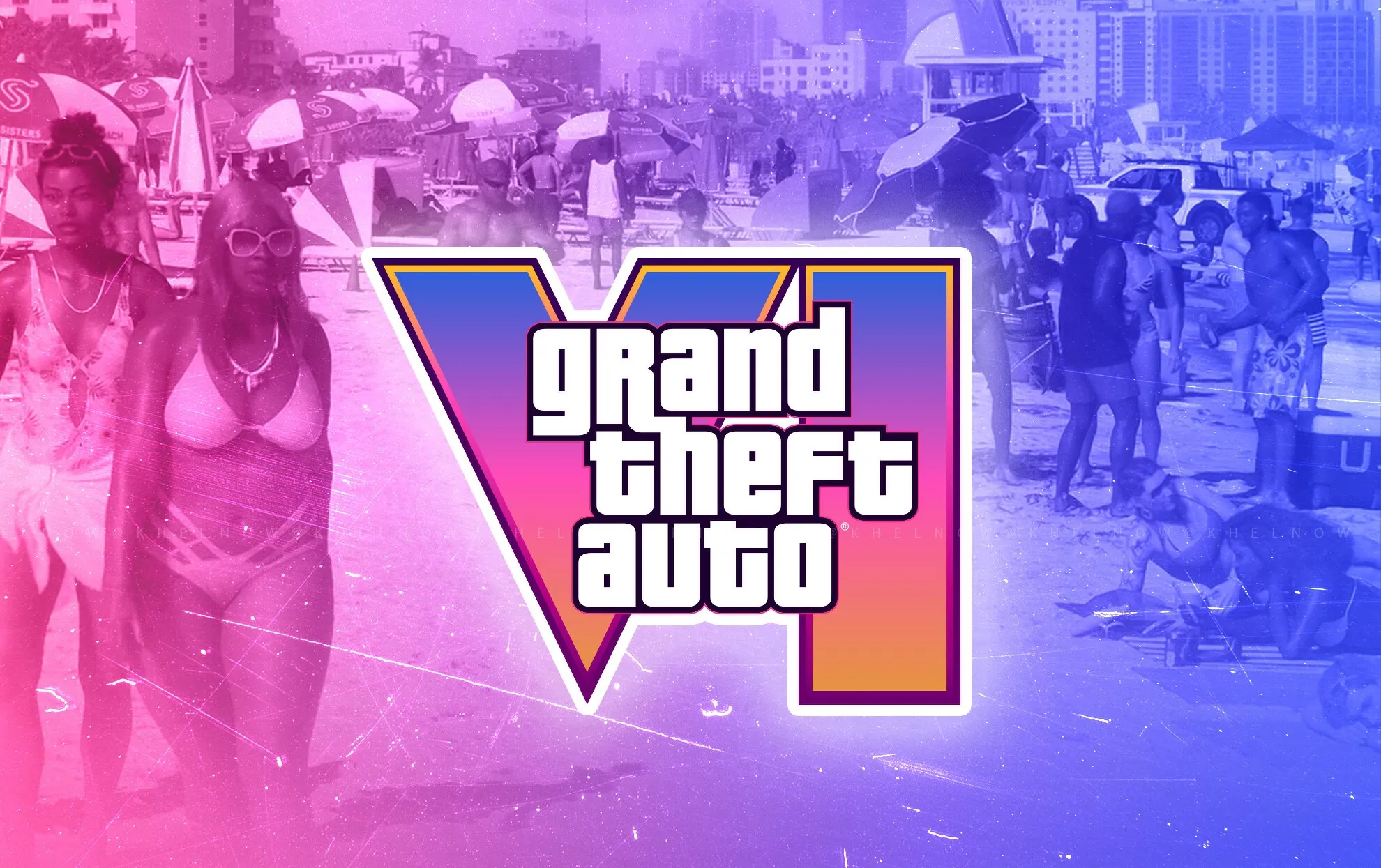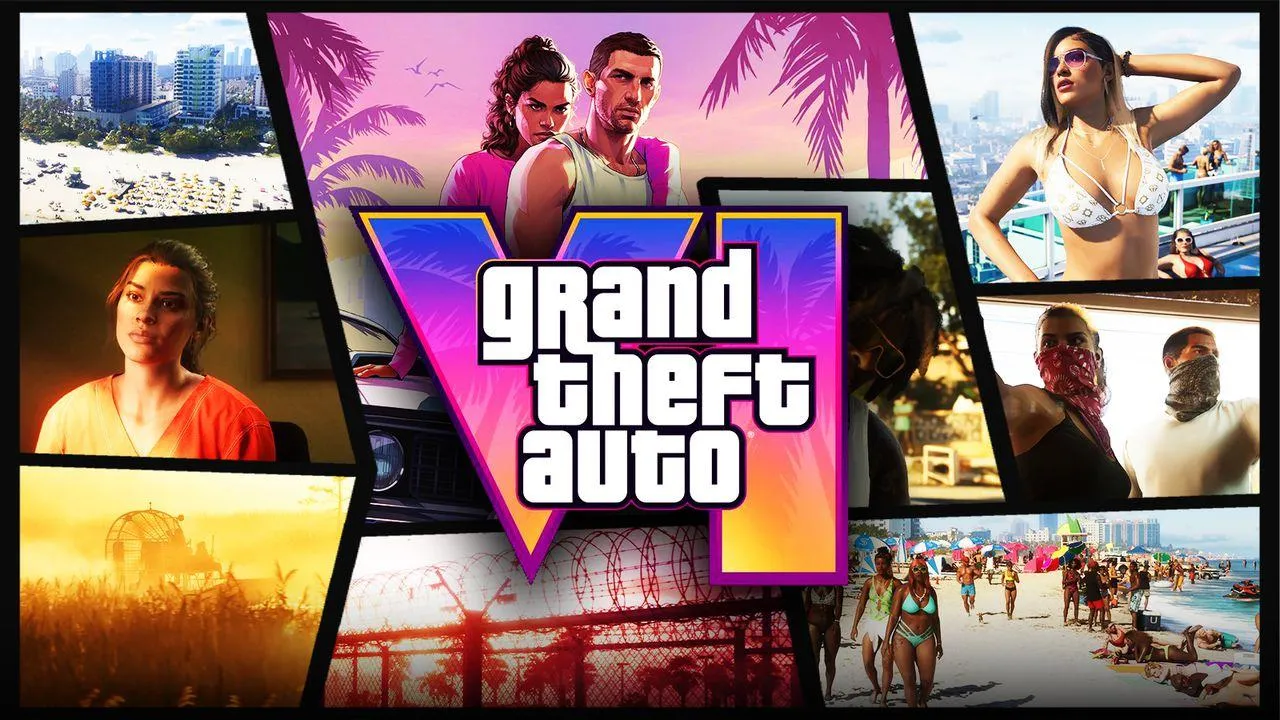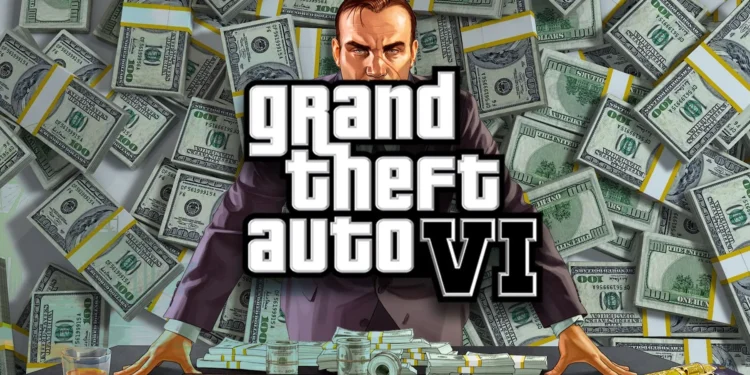For decades, the gaming industry has largely adhered to a standardized pricing structure, resisting significant shifts despite escalating development costs and the ever-increasing complexity of games. As the conversation around the release of Grand Theft Auto VI intensifies, a new discourse emerges: could jacking up the game’s price to $100 not only reflect its value but also set a precedent that rejuvenates the industry’s financial model?

Breaking Barriers with Grand Theft Auto VI
The forthcoming release of Grand Theft Auto VI presents an intriguing opportunity to redefine gaming economics. Venture capitalist Matthew Ball suggests that the game could be pivotal, proposing a price point of $80 or even $100. Such a move would not only align with the inflating cost of game development but could also empower other publishers to adjust their pricing strategies upward.
This notion isn’t merely speculative. With GTA VI launching exclusively on consoles initially, it’s poised to significantly impact player engagement and spending patterns across the industry. Ball’s analysis, presented in his “The State of Video Gaming in 2025” report, highlights that while this strategy might cannibalize spend from other titles, it could also spearhead a market-wide shift towards higher price points.

Industry Dynamics and Consumer Acceptance
The pricing of video games has been remarkably static. When Grand Theft Auto III was released for the PlayStation 2 in 2001, it was priced at $50. Adjusted for inflation, this would be around $90 today, suggesting that the market could potentially bear a higher sticker price without straying far from historical norms.
However, the response to price hikes is not uniformly positive. Take-Two CEO Strauss Zelnick has consistently emphasized the company’s commitment to overdelivering on quality and value, carefully navigating around definitive pricing announcements for GTA VI. This cautious approach reflects an awareness of the delicate balance between maintaining consumer goodwill and exploring new revenue models.

Beyond Traditional Pricing: The Ultimate Editions
It’s crucial to note that premium pricing is already a reality for many blockbuster games, with titles like Call of Duty: Black Ops 6 and Assassin’s Creed Shadows offering versions that reach or exceed the $100 mark, bundled with limited-edition content and early access perks. This stratified pricing model caters to different segments of gamers, suggesting that a higher base price for select high-profile games could find acceptance if perceived value is delivered.
The Risks and Rewards of a New Pricing Strategy
Adjusting game prices upwards is fraught with risks. The industry has seen that even minor price increases can draw intense scrutiny and backlash from the community. Moreover, the competitive landscape has shifted with the rise of free-to-play games, which exacerbates the challenges of selling premium titles at higher prices.
Yet, there are signs that the market can adapt. Nintendo’s decision to charge $70 for The Legend of Zelda: Tears of the Kingdom, despite the game running on the same hardware as its predecessor, was met with commercial success, underscoring that players are willing to pay a premium for exceptional experiences.

The Future of Game Pricing: A Balancing Act
As the industry evolves, the conversation around game pricing will continue to be a point of contention and innovation. While the prospect of a $100 Grand Theft Auto VI is laden with implications, it invites a broader discussion about value, quality, and consumer expectations in modern gaming.
Whether this bold move would lead to a sustainable financial model for the industry or exacerbate the divide between blockbuster franchises and indie titles remains to be seen. However, it’s clear that as games continue to push technological and narrative boundaries, the pricing models that support them must also evolve to reflect their increasing cultural and economic value.










